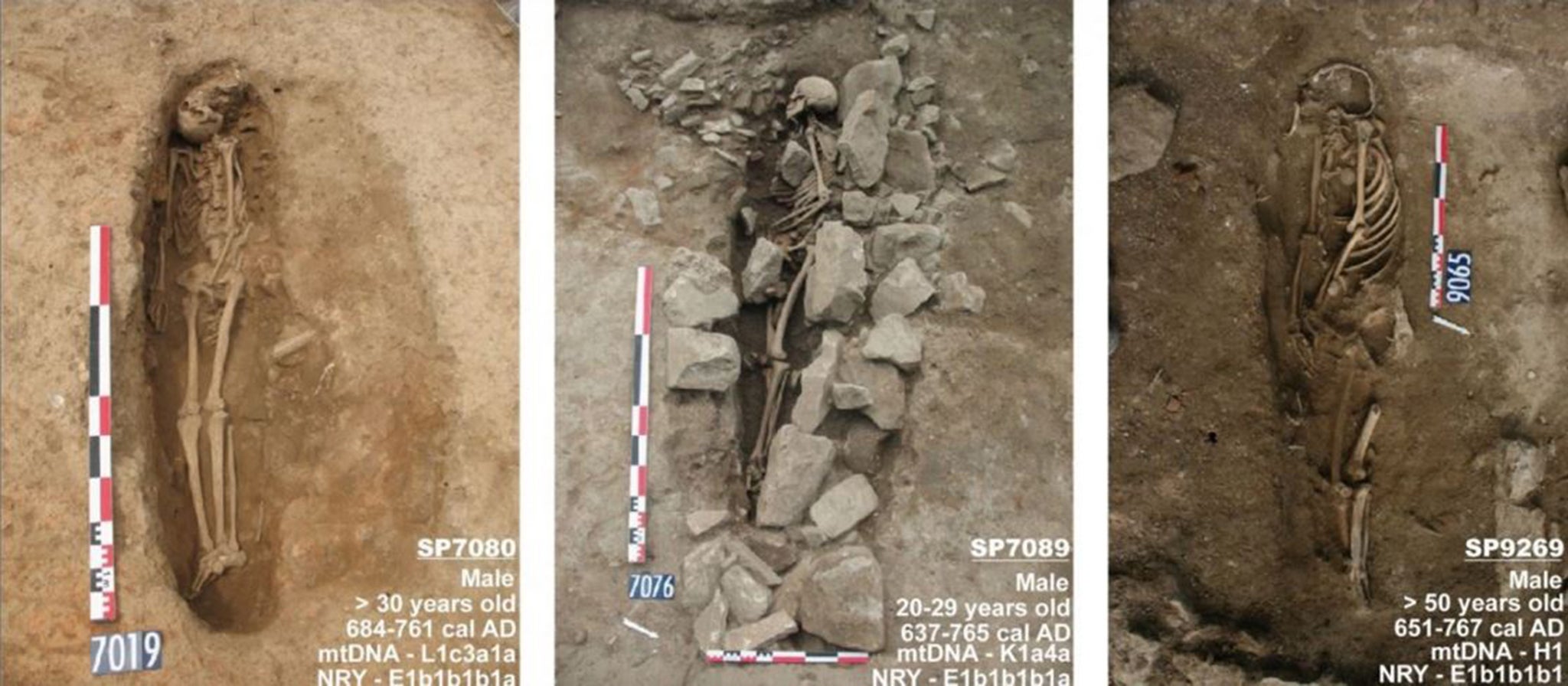What the discovery of the 'oldest' Muslim graves in Europe tells us about the past
Examinations of skeletons in a series of graves near Nimes found the bodies had been arranged deliberately facing Mecca

Archaeologists working in the south of France claim to have discovered the oldest known graves of Muslims buried in France, and possibly all of Europe.
The researchers, whose study was published in the peer-reviewed online journal PLOS One, examined the skeletons unearthed in a series of graves near the French city of Nimes. They found that the bodies had been arranged deliberately facing Mecca. Radiocarbon testing confirmed the bones dated back to either the 7th or 8th century and other analysis of the remains suggested three individuals were of Berber or North African ancestry.
This places the graves in question around the time of the early Arab invasions into Western Europe, when Muslim armies entered and occupied parts of France before being pushed back behind the Pyrenees. Muslim kingdoms remained in the Iberian Peninsula until 1492, a lengthy history that has a profound, complex legacy in the West.
The researchers believe that the skeletons "were Berbers integrated into the Arab army during its rapid expansion through North Africa." None of the bones, it should be noted, showed evidence of combat wounds.
“We knew that Muslims came to France in the eighth century but until now we did not have any material evidence of their passage,” Yves Gleize, an anthropologist with the French National Institute for Preventive Archaeological Research and lead author of the study, told Agence France-Presse.
In the early 8th century, forces of the Umayyad dynasty, which once had held sway in Damascus, marched from the foothold in Spain deep into France. They captured the region where Nimes -- an ancient Roman city -- is located in 719. In 732, a Muslim army was defeated by Frankish troops at the Battle of Tours. It's a showdown that has since been remembered as an epochal moment in Western history, a decisive turning point when Islam could not breach the ramparts of Christendom.

The victorious Frankish warlord Charles would later be remembered as "Martellus," or "hammer," and was the progenitor of Western Christendom's first major political dynasty.
The narrative of a dramatic clash of civilization was set in stone by the venerable 18th century British historian Edward Gibbon, who imagined a full-scale Islamic takeover of Europe had the Saracen hordes not been stopped by Charles:
A victorious line of march had been prolonged above a thousand miles from the rock of Gibraltar to the banks of the Loire; the repetition of an equal space would have carried the Saracens to the confines of Poland and the Highlands of Scotland; the Rhine is not more impassable than the Nile or Euphrates, and the Arabian fleet might have sailed without a naval combat into the mouth of the Thames. Perhaps the interpretation of the Qur'an would now be taught in the schools of Oxford, and her pulpits might demonstrate to a circumcised people the sanctity and truth of the revelation of Muhammed.
But sifting through bones and dirt, the researchers of the study draw quieter, more nuanced conclusions. For centuries, Muslims and Christians co-existed in parts of Europe, lived side-by-side, worked together, and died together.
The authors of the study suggest the placement of the three Muslim graves, which were not found in a cemetery, need not be interpreted as a mark of exclusion. Other textual and historical evidence points to rulers in the south of France during the Muslim occupation practicing a kind of protection for the main religious faiths.
"These results clearly highlight the complexity of the relationship between communities during this period, far from the cliché depiction still found in some history books," the study concludes.
© Washington Post
Join our commenting forum
Join thought-provoking conversations, follow other Independent readers and see their replies
Comments